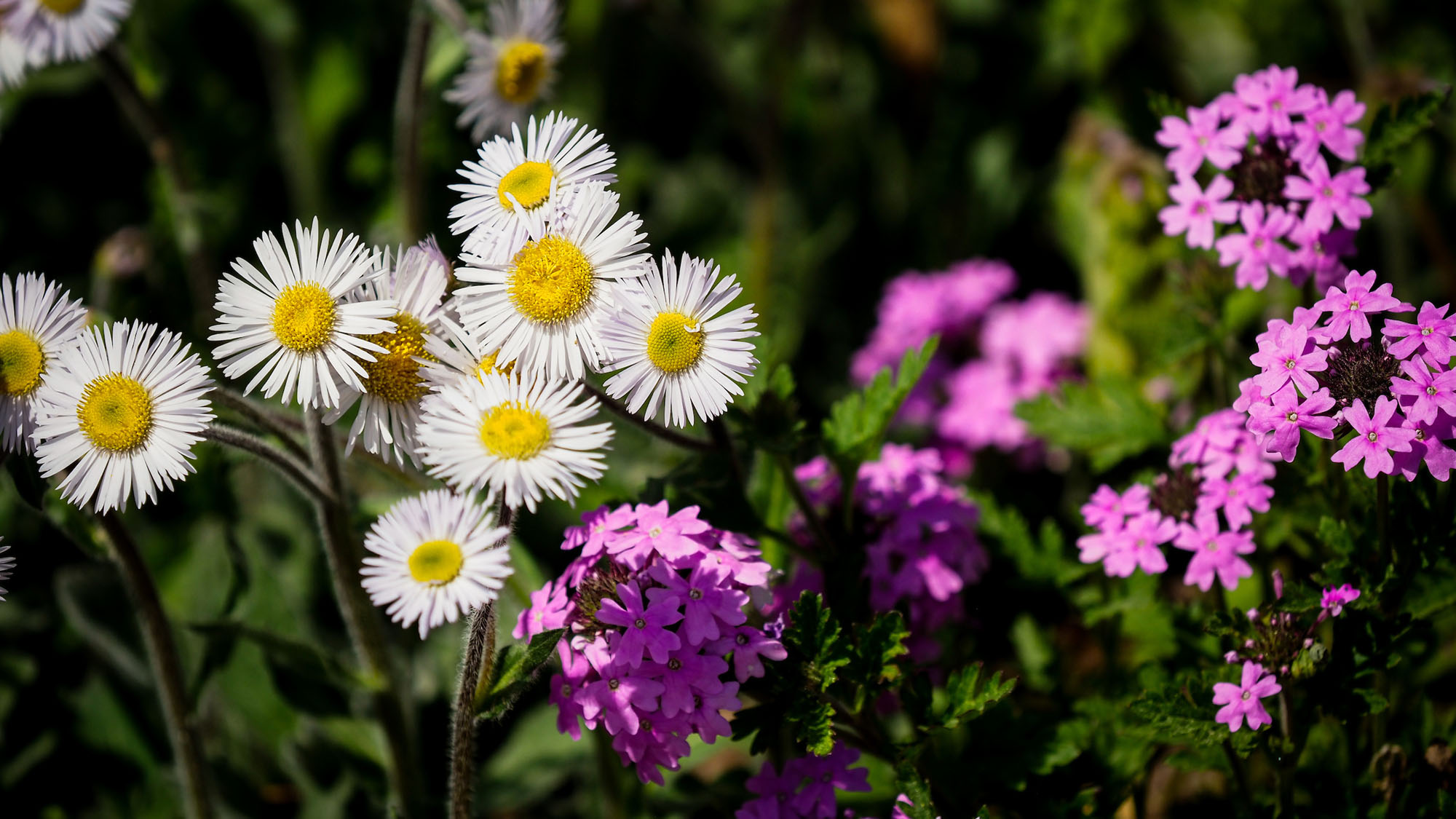The Enduring Legacy of Medicinal Herbs: A Journey Through Nature’s Pharmacy
For millennia, humans have turned to the natural world for remedies, discovering potent healing properties within the leaves, roots, and flowers of countless plants. This practice, rooted in observation and tradition, forms the foundation of herbal medicine, a system that continues to offer valuable solutions for health and wellbeing. Today, as we navigate a world increasingly reliant on synthetic drugs, a renewed interest in medicinal herbs is emerging, driven by a desire for natural, holistic approaches to healthcare.
The therapeutic efficacy of medicinal herbs stems from their rich composition of phytochemicals – biologically active compounds that interact with the human body in diverse ways. These compounds, including alkaloids, flavonoids, terpenes, and polyphenols, possess a wide range of pharmacological properties, such as:
Anti-inflammatory Effects
:max_bytes(150000):strip_icc()/VWH_Illustration_10-Healing-Herbs-With-Medicinal-Benefits_Illustrator_Mira-Norian_Title_Final-47ce13013375448c9e8e7e8c21fb50f7.jpg)
Antioxidant Activity
Antimicrobial Properties
Immune Modulation
Nervous System Support

The synergistic interaction of these phytochemicals, often referred to as the “whole plant effect,” contributes to the complex and nuanced therapeutic actions of herbal remedies.
The diversity of medicinal herbs is vast, encompassing plants from every corner of the globe. Here, we explore a selection of prominent examples, highlighting their traditional uses and modern applications:
Echinacea (Echinacea purpurea)
Native to North America, Echinacea has long been used by indigenous peoples for its immune-boosting properties. It is believed to stimulate the production of white blood cells, enhancing the body’s ability to fight off infections. Modern research has supported its traditional use, demonstrating its efficacy in reducing the duration and severity of colds and flu.
Ginger (Zingiber officinale)
A staple in culinary traditions worldwide, Ginger also boasts a long history of medicinal use. Its pungent rhizome contains gingerols, compounds with potent anti-inflammatory and antiemetic properties. Ginger is commonly used to relieve nausea, motion sickness, and digestive discomfort.
Turmeric (Curcuma longa)
Closely related to ginger, Turmeric is renowned for its vibrant yellow color and its powerful anti-inflammatory and antioxidant properties. Curcumin, the primary active compound in turmeric, has been extensively studied for its potential in managing chronic inflammatory conditions, such as arthritis and inflammatory bowel disease.
Chamomile (Matricaria chamomilla)
With its delicate daisy-like flowers, Chamomile is a gentle yet effective remedy for anxiety, insomnia, and digestive upset. It contains apigenin, a flavonoid that binds to benzodiazepine receptors in the brain, promoting relaxation and sleep. Chamomile tea is a popular bedtime beverage for its calming effects.
Peppermint (Mentha piperita)
The refreshing aroma of Peppermint is attributed to menthol, a compound with cooling and analgesic properties. Peppermint is commonly used to relieve headaches, muscle pain, and digestive issues. Peppermint oil can be applied topically to soothe sore muscles or inhaled to relieve congestion.
Garlic (Allium sativum)
A culinary powerhouse, Garlic is also a potent medicinal herb with a long history of use for its cardiovascular and immune-boosting properties. Allicin, the primary active compound in garlic, has been shown to lower cholesterol levels, reduce blood pressure, and enhance immune function.
Aloe Vera (Aloe barbadensis miller)
Known for its soothing gel, Aloe Vera has been used for centuries to heal burns, wounds, and skin irritations. Its polysaccharides and other compounds promote tissue regeneration and reduce inflammation. Aloe vera juice is also consumed for its digestive benefits.
Ginkgo Biloba
This ancient tree, a living fossil, yields leaves that are used to improve cognitive function and circulation. Ginkgo biloba extracts are believed to enhance blood flow to the brain, improving memory and concentration.
St. John’s Wort (Hypericum perforatum)
Historically used as a wound healer, St. John’s Wort is now primarily known for its antidepressant properties. Hypericin and hyperforin, its active compounds, are believed to modulate neurotransmitter activity in the brain.
Valerian (Valeriana officinalis)
Valerian root has been used for centuries to promote sleep and reduce anxiety. Its valerenic acid and other compounds interact with GABA receptors in the brain, inducing a calming effect.
While medicinal herbs offer a wealth of therapeutic benefits, it is crucial to use them responsibly and with informed guidance. Here are some key considerations:
Quality and Sourcing
The potency and safety of herbal remedies depend on the quality of the plants used and the methods of processing. Choose reputable suppliers that adhere to good agricultural and manufacturing practices.
Dosage and Preparation
Follow recommended dosages and preparation methods carefully. Improper use can lead to adverse effects.
Drug Interactions
Be aware of potential interactions between herbal remedies and prescription medications. Consult with a healthcare professional before combining herbs with other drugs.
Individual Sensitivities
Individuals may react differently to herbal remedies. Start with low doses and monitor for any adverse reactions.
Professional Guidance
Seek guidance from a qualified herbalist or healthcare professional, especially if you have underlying health conditions or are pregnant or breastfeeding.
As scientific research continues to unravel the complexities of herbal remedies, the integration of traditional knowledge with modern science holds immense promise. The future of herbal medicine lies in:
Standardized Extracts
Developing standardized extracts with consistent levels of active compounds will enhance the reliability and efficacy of herbal remedies.
Clinical Trials
Conducting rigorous clinical trials will provide evidence-based support for the use of medicinal herbs in various health conditions.
Personalized Herbal Medicine
Tailoring herbal remedies to individual needs and genetic predispositions will optimize therapeutic outcomes.
Sustainable Practices
Promoting sustainable harvesting and cultivation practices will ensure the long-term availability of medicinal herbs.
Integration with Conventional Medicine
Exploring the integration of herbal medicine with conventional medical approaches will offer a more holistic and comprehensive approach to healthcare.
Medicinal herbs represent a valuable and enduring legacy of human interaction with the natural world. By embracing responsible use and fostering ongoing research, we can unlock the full potential of these botanical treasures and harness their power to enhance health and wellbeing for generations to come.
:max_bytes(150000):strip_icc()/VWH_Illustration_10-Healing-Herbs-With-Medicinal-Benefits_Illustrator_Mira-Norian_Title_Final-47ce13013375448c9e8e7e8c21fb50f7.jpg?ssl=1)

